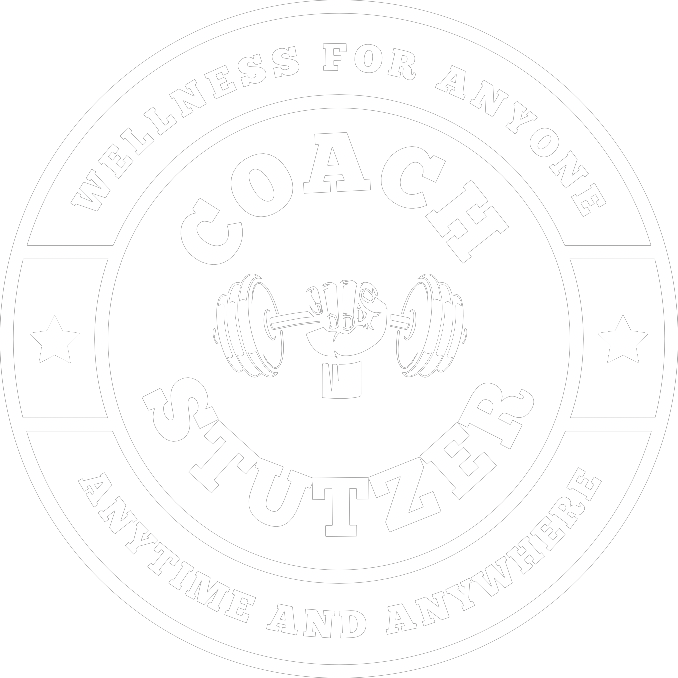When it comes to building a strong, functional, and resilient body, both Pilates and strength training have distinct roles to play. While they each offer unique methods and benefits, they aren’t mutually exclusive—and when combined, they often create a training experience that’s more effective, enjoyable, and sustainable.
The Differences: What Each Modality Prioritizes
Pilates:
- Focuses on core strength, postural alignment, stability, and flexibility.
- Emphasizes controlled, mindful movement using body weight or light resistance like bands, rings, or reformers.
- Typically involves higher repetitions and slower tempos, activating slow-twitch muscle fibers to build muscular endurance and coordination.
- Prioritizes the mind-body connection, breath control, and precise form.
Strength Training:
- Designed to increase muscle size, strength, and bone density through progressive overload—gradually increasing resistance over time.
- Uses heavier weights and fewer reps, often targeting both fast- and slow-twitch muscle fibers.
- Focuses on compound movements like squats, presses, rows, and deadlifts to build functional capacity.
- Produces significant adaptations in muscular hypertrophy, power output, and long-term skeletal health.
The Similarities: Where They Overlap
- Both improve muscular endurance, balance, and movement control.
- Both can enhance mobility, posture, and body awareness, especially when coached with intentional form and breathing techniques.
- Both are adaptable to all levels of fitness from beginners to advanced athletes.
- Both, when applied with proper technique and progressive intent, support injury prevention and longevity.
The Role of Intention: Why Strength Training Can Be “Pilates-Informed”
Here’s where nuance matters: through intentional programming, strength training can include many of the benefits commonly associated with Pilates—though most people don’t train that way by default. For example:
- Core Emphasis: Integrating lifts like dead bugs, farmer’s carries, planks, and anti-rotation presses into your routine can mirror the deep core activation Pilates is known for.
- Mobility and Flexibility: Full range-of-motion lifts (e.g., deep squats, Cossack lunges) and mobility drills build dynamic flexibility in ways that feel similar to Pilates mat or reformer work.
- Breath and Control: Slowing down reps, pausing at end ranges, and syncing breath to movement during strength work bridges the gap to Pilates-style movement quality.
- Balance and Stability: Unilateral work (e.g., split squats, single-leg RDLs) and tempo-controlled exercises challenge the stabilizers and nervous system in ways that reinforce balance and coordination.
In short: You can train like Pilates within a strength framework—but most people don’t. That’s where combining the two becomes valuable.
So, When Should You Do One vs. The Other?
Choose Pilates if:
- You want to build a strong core and improve flexibility, posture, or body awareness.
- You’re recovering from injury or need a low-impact way to reintroduce movement.
- You value mindful movement, slow tempo, and precision over load.
Choose Strength Training if:
- Your goal is to increase muscle mass, strength, or bone density.
- You want to train for longevity, metabolism, and functional capacity as you age.
- You enjoy lifting weights, progressing with numbers, and training in the gym environment.
Why Combining Both Yields Better Results
A hybrid approach allows your body to benefit from the stability, precision, and mind-body connection of Pilates, while also reaping the power, density, and resilience gains from progressive resistance.
Pilates prepares your body—especially your core, breath control, and joint mobility—to perform better under load.
Strength training reinforces the durability and capacity you need for real-world demands and long-term health.
Together, they help you:
- Train harder with less injury risk
- Move better through full ranges of motion
- Recover more efficiently
- Stay engaged and consistent
Bottom Line
You don’t have to choose between strength training and Pilates. In fact, you’ll likely enjoy your training more and see better results when you integrate both.
It’s not about one being better. It’s about using both intelligently to train smarter, move better, and feel stronger for life.
